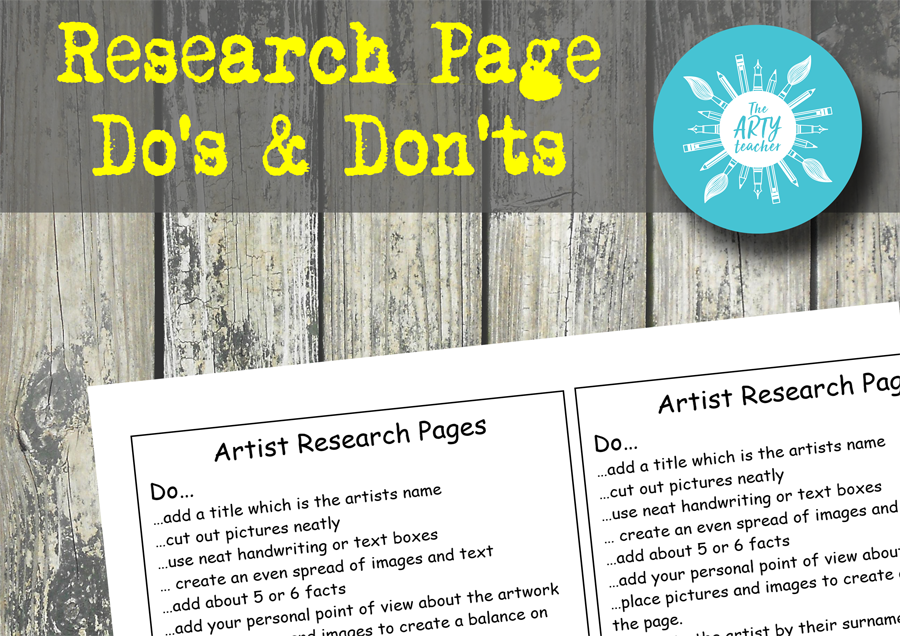
Artists Who Use Mark Making in their Work
Mark-making is part of most school art curriculums as it aims to broaden students perceptions of what drawing is and what is can be. When taught well, it helps students express emotions, ideas, and individuality by simply making marks on a surface.
Although it can open up a world of exciting drawing, it could seem pointless to your students if you don’t show them how artists have used mark-making in their work.
Below are a variety of artists who use mark making and are useful to use in the art classroom when teaching your students. In no particular order…
1. Vincent van Gogh (1853–1890)
It’s difficult to talk about mark making in drawing without mentioning Van Gogh. His energetic drawings, often created with a reed pen, have been used in classrooms across the world. Just look at the range of marks in the image below.

2. Toyin Ojih Odutola (b. 1985)
Odutola uses fine, intricate marks in her portraiture, exploring a broad range of media to create rich textures. She explores identity, storytelling and the topography of skin in her work. Her detailed cross-hatching and linear patterns add depth and volume to the figures she depicts.
Born in Nigeria, Ojih Odutola moved to America as a child. Her work is influenced by her relocation and explores themes of identity, tradition, racism and the legacy of colonialism.

3. Vince Low
Vince Low is a Malaysian artist renowned for his dynamic, expressive line work that vividly captures movement and energy. He refers to his work as ‘scribble art’ and gives his subjects a sense of motion and immediacy as if they’re caught in the midst of an action or an emotion. He depicts celebrities and sporting heroes.
Low is also an ambassador for dyslexia, working on many campaigns to raise awareness and help those with dyslexia.


4. Cy Twombly (1928–2011)
Like most art, you really need to see Cy Twombly’s work in person. His free, gestural, vivid marks, grew more abstract as he aged. His work often incorporates text.

5. Maggi Hambling
Best known for her wild paintings of the sea and expressive portraits, painter and sculptor Maggi Hambling has a distinctive and immediately recognisable way of working. Her loose, layered, gestural brush marks explore themes such as life, death and the raw power of nature.
You can see her work in the British Museum, Tate, V&A, National Portrait Gallery and Metropolitan Museum of Art, New York, and even a huge sculpted ‘Scallop‘ on a beach in Suffolk created for composer Benjamin Britten.

6. Rembrandt
When I think of Rembrandt, I usually think of his paintings and the word ‘chiaroscuro‘, but when I look at the images below, he really should be on every art teachers list for mark making. Below are a couple of his portrait etchings.


7. Curtis Holder
London-based coloured pencil artist Curtis Holder creates powerful, large-scale portraits and figurative works on paper. It is his colourful, multilayered works that have energy and movement that I first think of when I think ‘mark making’ (below), but even his fluid line work includes mark making too (second below).


8. Käthe Kollwitz
The brutal, raw marks in German artist Kollwitz’s prints and drawings seem appropriate for the themes she explored, which often revolve around suffering, grief, war, poverty, and the human condition. She is known for her drawing, printmaking and sculpture. There are museums dedicated to her in both Berlin and Cologne.


9. April Coppini
American artist April Coppini, known for her dynamic prints and drawings, uses fluid and gestural marks in her animal drawings. They seem to capture a moment in time. The artworks below are created with charcoal on paper, and she draws with an eraser as much as the charcoal.



If you want to explore even more artists that include mark making in their work, download the free list of artists shown below.
Popular Art Lessons
If you have enjoyed this article about Artists Who Use Mark Making in their Work, why not register to receive my newsletter and hear about future articles? You’ll be able to download 3 of my free art lessons every month too.








